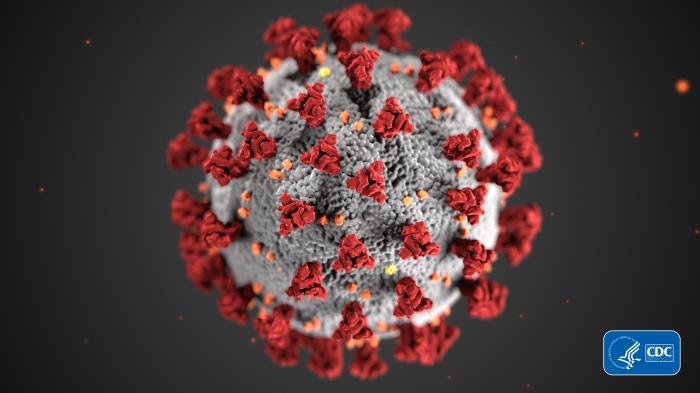Georgia has passed a new mark as COVID-19 cases, driven by the omicron and delta variants, continue to surge and the number of new cases have prompted Richmond County to transition to Learn@Home.
On Jan. 6, Georgia reported another 18,556 new cases, pushing the state to 1,511,810 total cases since the pandemic began. On Jan. 4, the South Carolina Department of Health and Environmental Control announced the Palmetto State has topped one million since the pandemic began.
Richmond County is transitioning nine schools to remote learning because of COVID-19 related staff absences. Laney High School and three elementary schools, Tobacco Road, Wheeless Road and W.S. Hornsby, will learn from home from Jan. 7 through Tuesday, Jan. 11. In-person instruction resumes Jan. 12. Five more elementary schools, A. Brian Merry, Barton Chapel, Diamond Lakes, Monte Sano and Terrace Manor, will learn from home Monday, Jan. 10 through Wednesday, Jan. 12. In-person instruction resumes Jan. 13. Meals can be picked up Jan. 10 and 11 between 8 a.m. and 2 p.m. at the side entrances of the school cafeterias.
[adrotate banner=”51″]
Columbia County announced it is reinstalling plexiglass dividers in all school cafeterias. It is also limiting visitors to essential volunteers. Mask use is encouraged in all school district buildings and on buses.
In Aiken County, spokesman Mike Rosier said there are no plans to move any schools to remote learning, adding, “The only way a school would close would be due to lack of staffing at that specific building.” Jan. 10 is a teacher in-service day, and Rosier anticipates additional cleaning will be done in all schools that day as well.
Dr. Rodger MacArthur, infectious disease specialist at Augusta University Health, said he understands safety concerns but opposes closing schools.
“It can be done, but there has to be some attention paid to best practices like mask wearing,” he said, adding “Many of the mitigating factors that we used for the previous variants alpha, remember alpha back in February or so from last year, and delta aren’t going to work against this more transmissible omicron variant because how these variants are transmitted. It’s not like influenza; it’s not primarily by droplet, like somebody’s sneezing. Basically, it’s just talking or shouting or singing, which fills the air with these virions. And the virus or the virion, stay in the air for 20 minutes or more, before settling to the ground.”
Dr. Linda Bell, state epidemiologist with the South Carolina Department of Health and Environmental Control, said its data show the age group driving the current surge is young people between the ages of 20 and 40.
“It is that age group that is comprising the highest number of new cases and is contributing to spread of the disease in our communities,” she explained. “Also, with students returning to school this week, I’m very concerned that we may see a spike in pediatric cases. So, we need more young adults in the 20- to 40-year-old age group and more children five and older to be fully vaccinated and to get their boosters as soon as they’re eligible for them.”
[adrotate banner=”55″]
The Centers for Disease Control and Prevention recently modified the recommended interval between vaccination and booster doses of the Pfizer vaccine to five months. The Food and Drug Administration just recommended the same modification for those who received the Moderna Vaccine.
“The country is in the middle of a wave of the highly contagious omicron variant, which spreads more rapidly than the original SARS-CoV-2 virus and other variants that have emerged,” said Dr. Peter Marks, director of the FDA’s Center for Biologics Evaluation and Research. “Vaccination is our best defense against COVID-19, including the circulating variants, and shortening the length of time between completion of a primary series and a booster dose may help reduce waning immunity.”
During a Jan. 7 media briefing, Dr. Rochelle Walensky, director of the CDC, said she signed off on the FDA recommendation, making all fully vaccinated Americans aged 18 and older eligible for a booster shot with the Moderna vaccine at five months.
“The past few weeks have been challenging for all of us,” said Walensky. “Omicron has rapidly become the predominant variant and cases have substantially increased at a rate higher than we have seen at any point throughout this pandemic.”
She said some of the highest numbers are pediatric cases. The CDC director said the best way to protect children, especially age zero to four years who are not yet eligible for vaccination, is to surround them with parents and siblings who are fully vaccinated and boosted.
Dana Lynn McIntyre is a Staff Reporter with The Augusta Press. You can reach her at dana@theaugustapress.com










